Although Vietnam and Canada are two countries far apart geographically, they have many similarities when it comes to cooperation in green energy transition. The Hydrogen economy (H2 gas) plays a key role in the clean energy transition and will be one of the high-profile projects to achieve economic and environmental development between Vietnam and Canada.
That was the assessment made at the workshop on enhancing clean energy cooperation between Vietnam and Canada. The workshop is an important foreign affairs activity on the occasion of the 50th anniversary of the establishment of diplomatic relations between Vietnam and Canada.

Conference scene. Photo: Internet
At the workshop on enhancing Vietnam-Canada clean energy cooperation, research groups said that Vietnam can start the transition from agriculture by producing green hydrogen, green ammonia to green fertilizer and from transportation by switching to hybrid vehicles (i.e. vehicles that use both gasoline and hydrogen) and hydrogen fuel cells.
Mr. Jacob Irving - President of the Canadian Energy Council shared: The priorities that we share in the energy transition are reducing greenhouse gas emissions, combined with hydrocarbon production. Along with that, increasing the percentage of zero-emission electricity to meet our consumption needs. These are two things that must be done together to reduce emissions, both domestically and internationally. We will create a hydrogen market between our two countries and with other countries to reduce emissions. We can also share knowledge in producing green hydrogen.

Mr. Jacob Irving - President of the Canada Energy Council. Photo: Internet
Canada has signed the Paris Agreement on climate change, committing to net zero emissions from hydrogen by 2050. There will be many challenges in applying advanced technologies from Canada, but Vietnam is considered to have very bright potential to exploit the hydrogen economy as it has many similarities in energy with Canada.
"In fact, Vietnam and Canada have many similarities, being countries of hydrocarbons and hydropower. These are resources that give both our countries a high potential in creating green hydrogen from fossil fuels. In the process, the two countries can share experience and expertise with each other," said Mr. Jacob Irving - President of the Canadian Energy Council.
According to Dr. Tran Thien Khanh - Executive Director of International Cooperation and Science Development of Dong Nai University of Technology, Secretary of APEC Research Center and Clean Hydrogen Technology: "In fact, Vietnam has a great advantage such as having the Red River Delta in the North, the Mekong Delta in the South. We have a lot of agricultural waste, biomass occurs a lot. Every year, we need a policy to control the amount of biomass that can be used and we can use Canadian technology to create the hydrogen that we want. And we also have a very beautiful coastline to look towards the future of producing hydrogen from seawater."
Mr. Ranjith Narayanasamy, President and CEO of PTRC (Petroleum Technology Research Centre), said that carbon capture, utilization, storage and recycling (CCUS) technology plays an important role in reducing greenhouse gas emissions and developing clean energy. With 22 years of experience, PTRC has implemented many effective CO2 storage projects, typically the Aquistore project at the Boundary Dam thermal power plant (Saskatchewan province, Canada). In Vietnam, PTRC also participated in a research project to test this technology sponsored by the Asian Development Bank (ADB). PTRC consulted on areas with suitable geology for CO2 storage and supported technology transfer.
According to the Consulate General of Canada in Ho Chi Minh City, the Fair Energy Transition Partnership (JETP) that Vietnam signed with G7 countries; in which, Canada will mobilize 15.5 billion USD in financial resources from the private sector and the government in the next 3 to 5 years to support Vietnam's green transition process.
At the workshop, Vietnamese environmental organizations and businesses also said they are ready to learn techniques for exploiting solar energy, wind energy, and offshore energy from Canada to reduce carbon emissions to Net Zero in the near future./.
Bich Huong



![[Photo] Binh Trieu 1 Bridge has been completed, raised by 1.1m, and will open to traffic at the end of November.](https://vphoto.vietnam.vn/thumb/1200x675/vietnam/resource/IMAGE/2025/10/2/a6549e2a3b5848a1ba76a1ded6141fae)














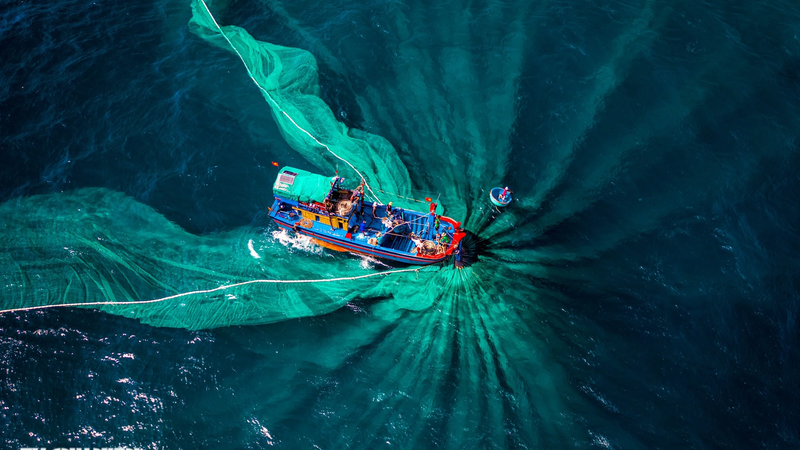




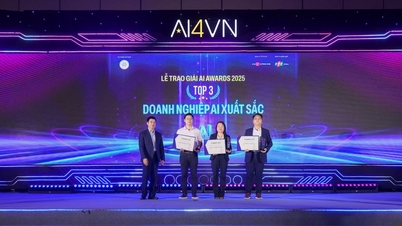








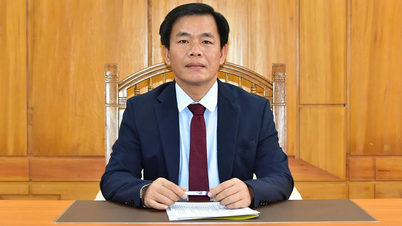













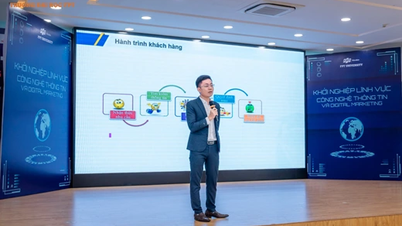


















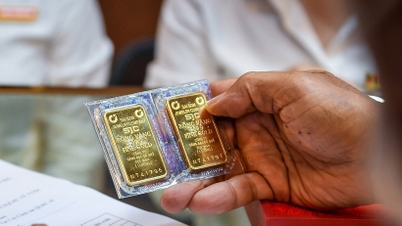











![[Infographics] Biography of Central Party Committee Member, An Giang Provincial Party Secretary Nguyen Tien Hai](https://vphoto.vietnam.vn/thumb/402x226/vietnam/resource/IMAGE/2025/10/3/92491af6e2714aeb80cb1cdf831eb18a)

















Comment (0)